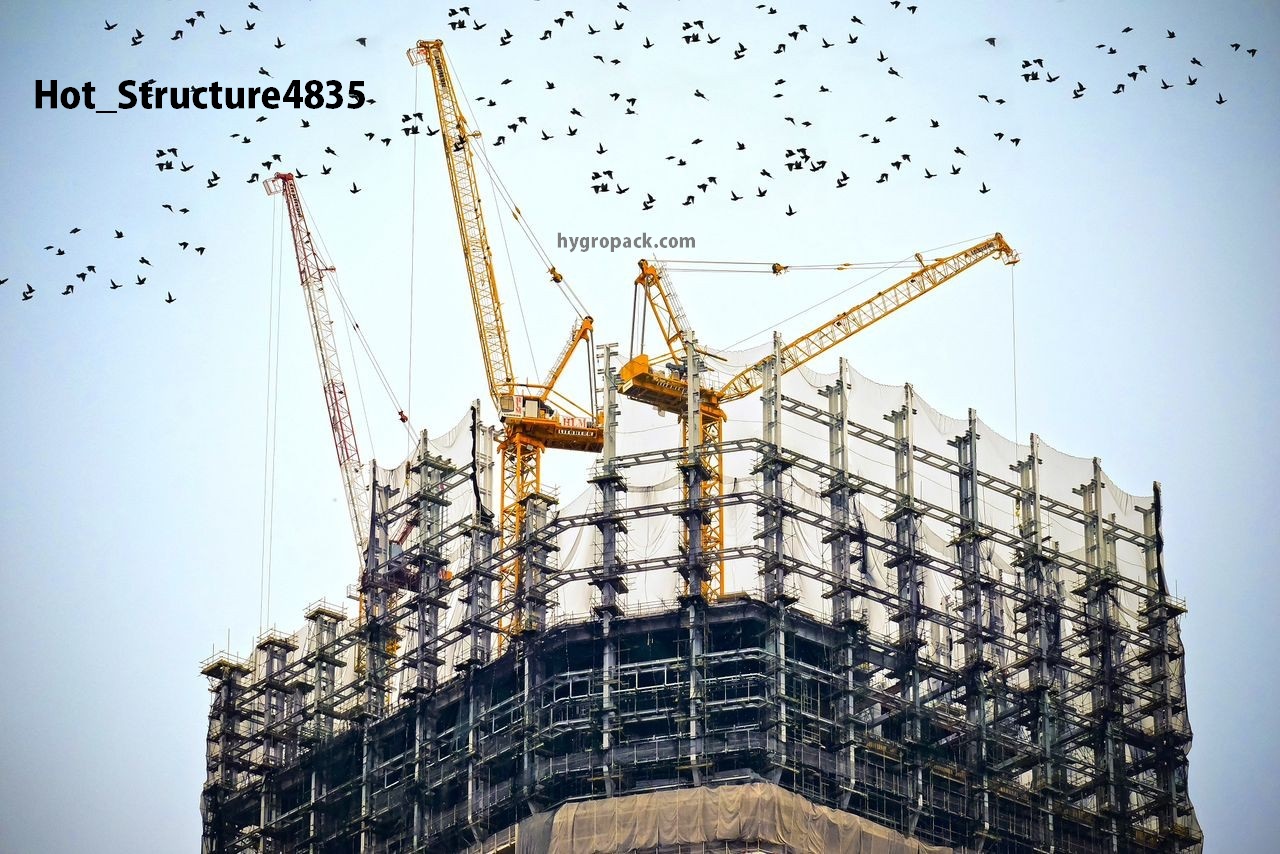In this article, we’ll decode the concept, explore its applications, and understand its relevance in shaping the future of industries worldwide.
Table of Contents
ToggleWhat is Hot_Structure4835?
At its core, hot_structure4835 refers to a specific framework or design architecture characterized by its high efficiency, adaptability, and durability under extreme conditions. It combines advanced materials and methodologies to ensure optimal performance, especially in high-stress environments.
Features of Hot_Structure4835
- Thermal Resilience: Designed to withstand extreme temperatures without compromising integrity.
- Lightweight Composition: Made from innovative materials to reduce weight while maintaining strength.
- Dynamic Adaptability: Can adjust to changing conditions in real time, ensuring consistent performance.
- Longevity: Built for extended use, minimizing wear and tear over time.
- Eco-Friendly Materials: Often incorporates sustainable materials to reduce environmental impact.
Applications of Hot_Structure4835
1. Aerospace Engineering
In the aerospace sector, It plays a pivotal role in the construction of heat shields, turbine blades, and structural components for spacecraft and jets. Its ability to endure extreme heat and pressure makes it invaluable for space exploration and aviation advancements.
2. Automotive Industry
High-performance vehicles rely on hot_structure4835 for components like exhaust systems, engine parts, and aerodynamic enhancements. These structures ensure efficiency and durability in demanding driving conditions.
3. Renewable Energy Systems
It is frequently used in wind turbine blades and solar panel frameworks. Its resilience to environmental stressors like wind, heat, and UV radiation ensures uninterrupted energy generation.
4. Construction and Architecture
From skyscrapers to bridges, It supports innovative architectural designs. Its lightweight yet sturdy nature enables the creation of unique and sustainable structures.
5. Defense and Military Applications
In defense, It is utilized for armor plating, missile casings, and combat vehicle components, ensuring safety and reliability in critical scenarios.
The Evolution of Hot_Structure4835
The journey of hot_structure4835 is a testament to technological progress. Initially developed for aerospace applications, its benefits quickly transcended industries.
Milestones in Development
- Phase 1: Material Innovation
Early iterations focused on creating heat-resistant alloys and composites. - Phase 2: Versatility Expansion
Adaptations allowed its integration into various sectors, from automotive to renewable energy. - Phase 3: Sustainable Practices
Recent advancements emphasize eco-friendly production and recyclable materials.
Why Hot_Structure4835 Matters
1. Enhancing Efficiency
By optimizing weight and strength, It increases operational efficiency in every application, from reducing fuel consumption in aircraft to maximizing energy output in wind turbines.
2. Driving Innovation
The unique properties of hot_structure4835 inspire innovative designs, pushing the boundaries of what’s possible in engineering and technology.
3. Sustainability Goals
With its eco-friendly materials and long lifecycle, It supports global sustainability initiatives, reducing waste and energy consumption.
4. Cost-Effectiveness
Its durability minimizes maintenance and replacement costs, making it a cost-efficient solution over time.
Technical Components of Hot_Structure4835
Understanding the composition of hot_structure4835 provides insight into its versatility and resilience.
- Advanced Alloys: Metals like titanium, nickel, and cobalt form the backbone of its structure, ensuring thermal and mechanical strength.
- Composites: Fiber-reinforced polymers and carbon composites enhance its flexibility and weight reduction.
- Coatings: Specialized coatings protect against oxidation, corrosion, and wear.
- Nanomaterials: Nanotechnology integration offers superior thermal conductivity and strength at a microscopic level.
Challenges and Limitations
Despite its many advantages, hot_structure4835 is not without challenges:
- High Initial Costs: Advanced materials and manufacturing processes can be expensive.
- Complex Maintenance: Specialized skills and tools are often required for repairs.
- Limited Accessibility: Widespread adoption is hindered by its availability and the expertise needed for implementation.
Future Prospects of Hot_Structure4835
The future of hot_structure4835 looks promising as technological advancements continue to refine its capabilities.
1. Integration with AI and IoT
Future designs could incorporate smart sensors, enabling real-time performance monitoring and automated adjustments.
2. Expansion into Everyday Use
As costs decrease, we may see hot_structure4835 used in consumer products like home appliances and personal vehicles.
3. Enhanced Sustainability
Ongoing research aims to create fully recyclable versions of It, reducing its environmental footprint even further.
Success Stories Featuring Hot_Structure4835
Case Study 1: Aerospace Milestone
A leading space agency used It for a spacecraft’s heat shield, enabling it to withstand re-entry temperatures and complete its mission successfully.
Case Study 2: Green Energy Triumph
A solar energy company implemented It in its panel mounts, resulting in a 25% increase in lifespan under harsh climates.
Case Study 3: Automotive Innovation
A luxury car manufacturer incorporated It into its engine design, achieving unparalleled performance and fuel efficiency.
Practical Tips for Implementing Hot_Structure4835
- Assess Requirements: Understand your specific needs to select the right version of It.
- Partner with Experts: Collaborate with manufacturers and engineers specializing in this technology.
- Consider Long-Term ROI: Focus on durability and efficiency to justify the initial investment.
- Stay Updated: Keep an eye on new developments to leverage the latest advancements.
Frequently Asked Questions:
1. What industries benefit the most from hot_structure4835?
Aerospace, automotive, renewable energy, and construction are among the top beneficiaries.
2. Is hot_structure4835 environmentally friendly?
Yes, many versions incorporate sustainable materials and support recycling initiatives.
3. What makes hot_structure4835 unique compared to traditional structures?
Its combination of thermal resilience, lightweight design, and adaptability sets it apart.
4. How can businesses adopt hot_structure4835?
Start by consulting with experts to identify how its properties align with your operational goals.
5. Is it affordable for small businesses?
While initial costs are high, the long-term savings in efficiency and maintenance make it a viable investment.
Conclusion
The rise of hot_structure4835 marks a significant leap forward in engineering and design. Its unique properties and versatile applications make it a cornerstone of modern innovation, benefiting industries from aerospace to renewable energy.
As we move toward a future defined by efficiency and sustainability, hot_structure4835 will undoubtedly play a pivotal role in shaping new possibilities. Embracing this technology today means staying ahead of the curve in tomorrow’s world.

